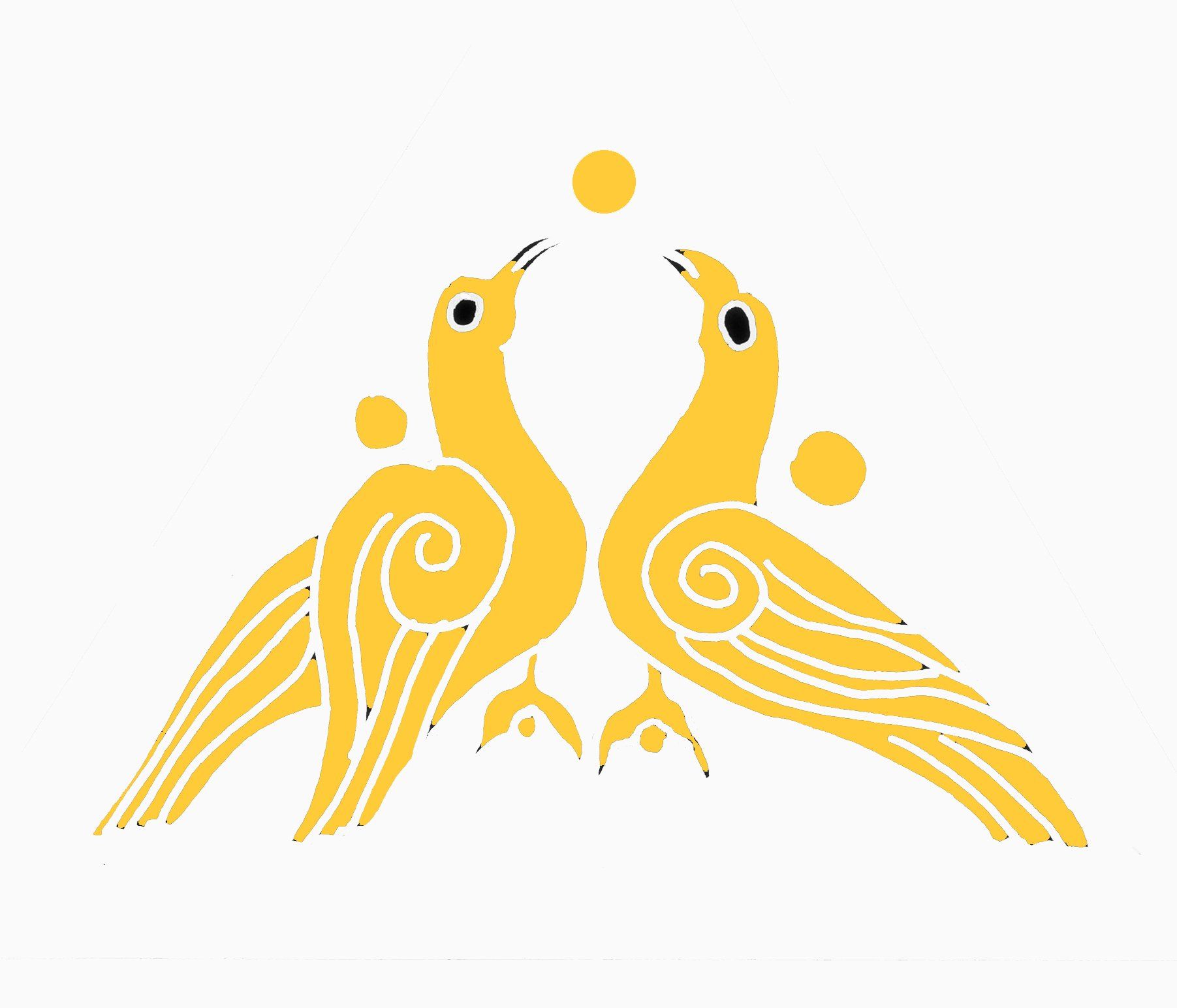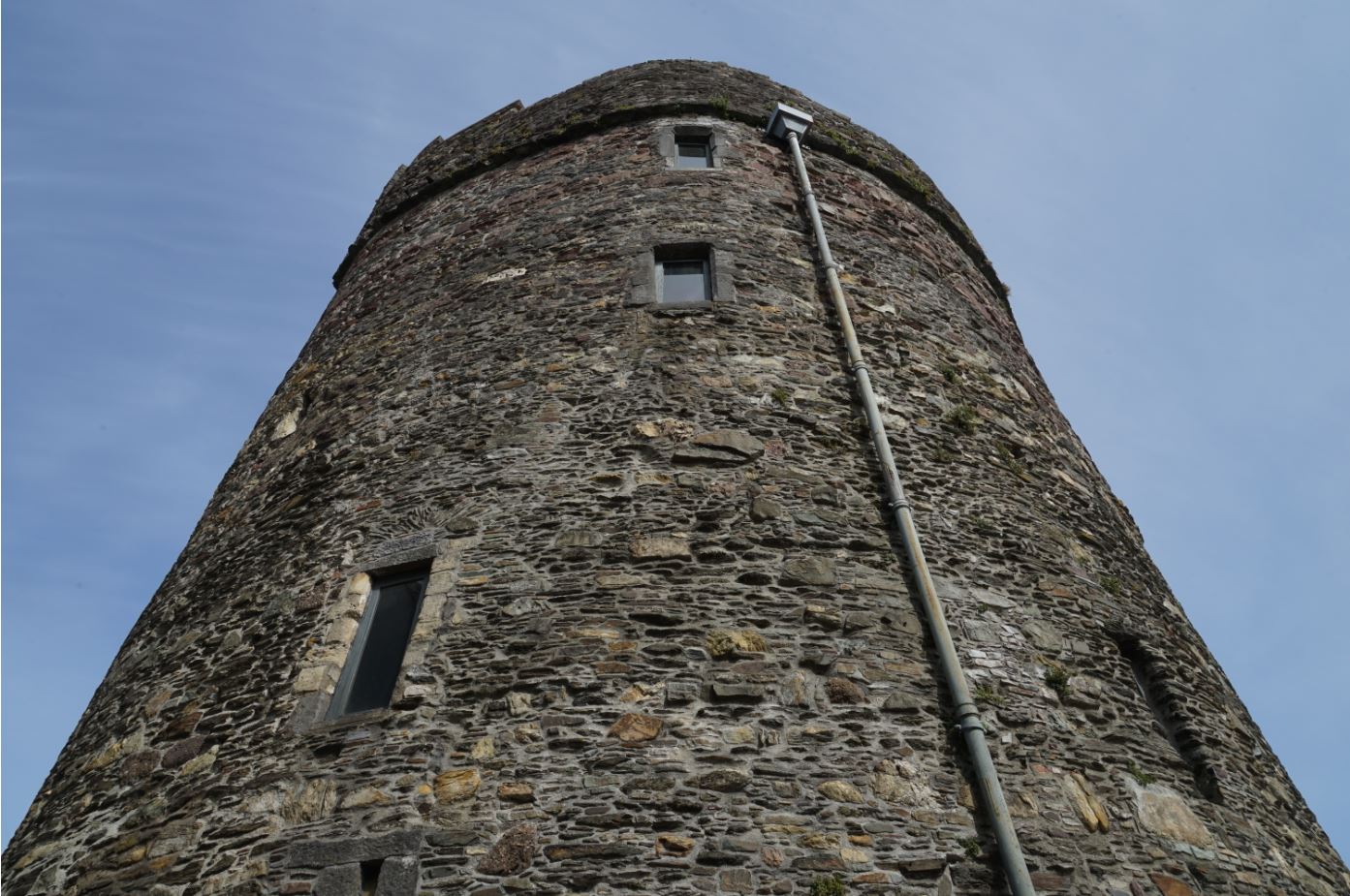1210 - King John in Ireland
When Hugh de Lacy
was killed in 1186, his eldest son Walter was still a teenage boy. He did not inherit his father’s lands in Meath until he reached adulthood in 1189. Ten years later John became king of England. King John now used Walter de Lacy as a pawn in his attempts to gain revenge on John de Courcy, who five years earlier had taken sides with his brother, Richard, in their clash for the throne of England. John de Courcy fled from Ulster in 1204, taking refuge with the monks of Chester. Ulster was now in the hands of Walter de Lacy and his younger brother Hugh (who obviously took his name from their father). In May 1205, king John formally granted to Hugh de Lacy the younger, all of the lands that John de Courcy previously held in Ulster. He also granted him the title earl of Ulster, the first such title in Ireland. It reflected a new strategy by the new king – his father’s policy of creating Lordships such as Leinster and Meath had been discarded as these had too closely reflected the ancient Irish kingdoms. Instead, new hereditary titles were introduced as the king gradually established a governance into Ireland that was more closely aligned to that in England. The two de Lacy brothers, Walter and Hugh, were now among the most powerful men in Ireland. However, like their father and also John de Courcy before them, they too would fall victim to the king’s policy of divide and rule.
When Richard I died in April 1199 in France, from an infected crossbow wound he received days earlier, the man who was at his side was William de Braose. Legend has it that he heard the final words of the dying king – that his brother John should succeed him. In fact, Richard’s son, Arthur, duke of Brittany, had a stronger claim to the throne of England. In 1203, Arthur was captured by William de Braose who had accompanied king John during a campaign in Aquitaine. While Arthur was in William’s care, he disappeared, never to be seen again. William de Broase, whose family originally came from Briouze in Normandy, had inherited vast estates in Wales, and was closely connected with king John. In 1201, the king had granted William large estates in Limerick in Munster. This was not his only Irish connection. His daughter Margaret was married to Walter de Lacy, lord of Meath. William crossed to Ireland to inspect his new lands, but soon left in order to assist his king and attend to affairs in Normandy, including his memorable capture of John’s nephew Arthur, duke of Brittany. Both William de Broase and Walter de Lacy held lands in England and Normandy, and William agreed to act as custodian of Walter’s lands in England and France, while Walter acted as custodian of William’s Irish estates.
By 1204, king John had lost Normandy and all the French lands claimed by his father, Henry II, were lost. The English king now focused a lot of time reorganising royal administration in Ireland, to secure his control here and also to provide greater financial security to help him win back his French territories. The port towns of Waterford and Limerick both had longstanding French connections, and now became a strategic part of the king’s military planning to retake France. He also ordered Meiler fitzHenry to begin construction of a castle in Dublin that would become the financial and judicial centre of English government in Ireland. In Munster, he attempted to divide the province into two shires, in keeping with the English system of regional divisions. In order to achieve this, he now began to undermine the north Munster land grants that he himself had made to William de Braose only a few years previous, as well as those he made to Theobald Walter
and William de Burgh
in 1185.
King John now became even more paranoid about those he could or could not trust. In the same way that the king used Meiler fitzHenry to undermine William Marshal’s lands in Leinster, John now encouraged Meiler to do the same to William de Braose in Munster. And in the same way that Hugh de Lacy came to the rescue of Isabel Marshal while William had been summoned to the England by the king, Walter de Lacy now defended William de Broase’s lands in Munster. This culminated in Walter, with the help of his brother Hugh de Lacy, earl of Ulster, besieging Meiler for five weeks in his own castle at Ardnurcher near Horseleap, Co. Westmeath. The de Lacy brothers had captured Meiler and Walter took back the lands at Ardnurcher that he claimed as part of the Lordship of Meath. In so doing, the de Lacy brothers had also humiliated King John.
William Marshal, Walter de Lacy and Meiler fitzHenry were summoned by the king to appear before him at Woodstock in Oxfordshire. By March 1208, the king had confirmed William Marshal the Lordship of Leinster and shortly later Walter de Lacy was confirmed the Lordship of Meath. This was no small victory for Marshal and de Lacy. However, someone else would have to pay for the king’s humiliation. That person was William de Broase.
In a dramatic change of tactics, the king decided to use the fact that William de Broase was behind in his payments to the exchequer for his lands in Limerick, to confiscate all his possessions, including those in Wales. William’s attempts to appease the king failed. In 1208 he fled to Ireland, where he took refuge with William Marshal. After a few weeks, Marshal escorted de Braose to Meath, where he was welcomed at Trim Castle by his son-in-law, Walter de Lacy. Perhaps realising the dangerous position that they were both now in, William Marshal and William de Braose returned to England and submitted to the king. It is said that when John requested William de Braose to hand over his sons as hostages, his wife Maud refused; the reason given that she did not trust the lives of their sons with a king who had murdered his own nephew, Arthur, duke of Brittany, whom her husband had captured five years earlier. By now, rumours were circulating that Walter and Hugh de Lacy were conspiring against John with king Philip of France. It appears that king Philip had approached William de Braose and the de Lacy brothers and offered to restore the lands they claimed in France, if they resisted king John in England and Ireland. The English king, deciding that the greatest threat to his throne lay in Ireland, decided to personally take charge of the situation and prepared to sail.
In June 1210, like his father in 1171, and when he himself was young man in 1185, king John began his Irish visit by landing near Waterford. Here he would have seen the royal castle, known today as Reginald’s Tower, nearing completion. In his company was a submissive William Marshal. The next day the English king visited Marshal’s newly established town at New Ross. He then proceeded to Dublin, via Kilkenny and Naas. He didn’t stay long in Dublin and soon arrived at Trim where he took Walter de Lacy’s castle, which would remain in royal hands for the next five years. While William de Braose had fled to France, his wife and son had taken refuge with Hugh de Lacy, earl of Ulster, at Carrickfergus Castle. By the time king John arrived at Carrickfergus, Maud de Braose and her son William had already fled to Galloway in Scotland, where they were captured by Duncan of Carrick and then brought back to king John at Carrickfergus. Walter and Hugh de Lacy fled to France, to the abbey of Saint-Taurin d’Évreux in Normandy, the mother house of Fore Abbey, Co. Westmeath, founded by their father some years earlier. The king had succeeded in expelling and humiliating the de Lacy brothers, however, their roles in Irish history were far from over.
As a reward for his help in capturing Maud de Braose and her son, Duncan, lord of Carrick in Galloway was granted lands in Antrim. This saw a Scottish presence in Ulster that would have ramifications for the entire island a century later. While king John was in Ireland, William de Broase had escaped to France, disguised as a beggar, where he died in exile in 1211. However, his wife Maud and their son William were taken to England and reputedly died from starvation in prison at Windsor Castle. Their deaths enraged the English barons, and was one of the contributory factors that in 1215 forced king John to sign the Magna Carta Liberatum
(the Great Charter of the Liberties), which had been drafted by the Archbishop of Canterbury in order to make peace between the king and the barons. This document would subsequently form the basis for English statute law. King John died in October 1216, leaving as his heir a nine-year-old boy, Henry III. None other than William Marshal became regent while Henry was still a boy, and he was instrumental in ensuring that the Magna Carta was extended to Ireland in February 1217.


